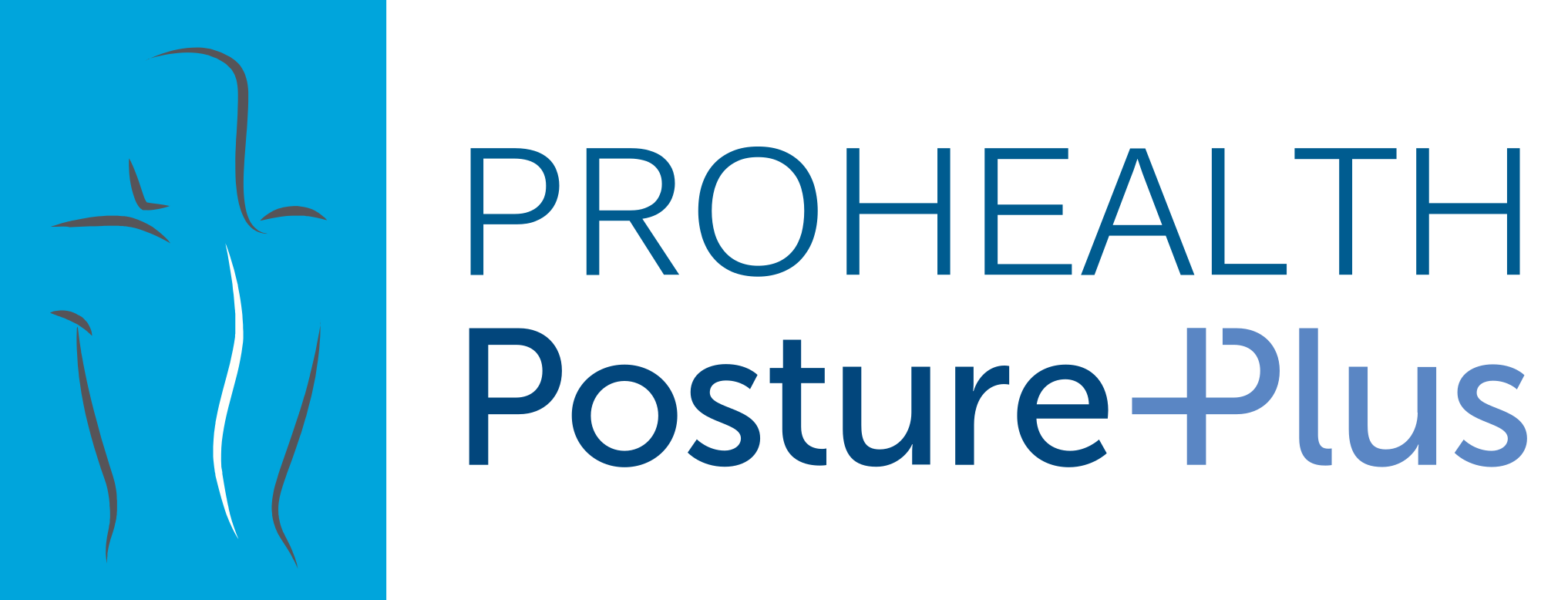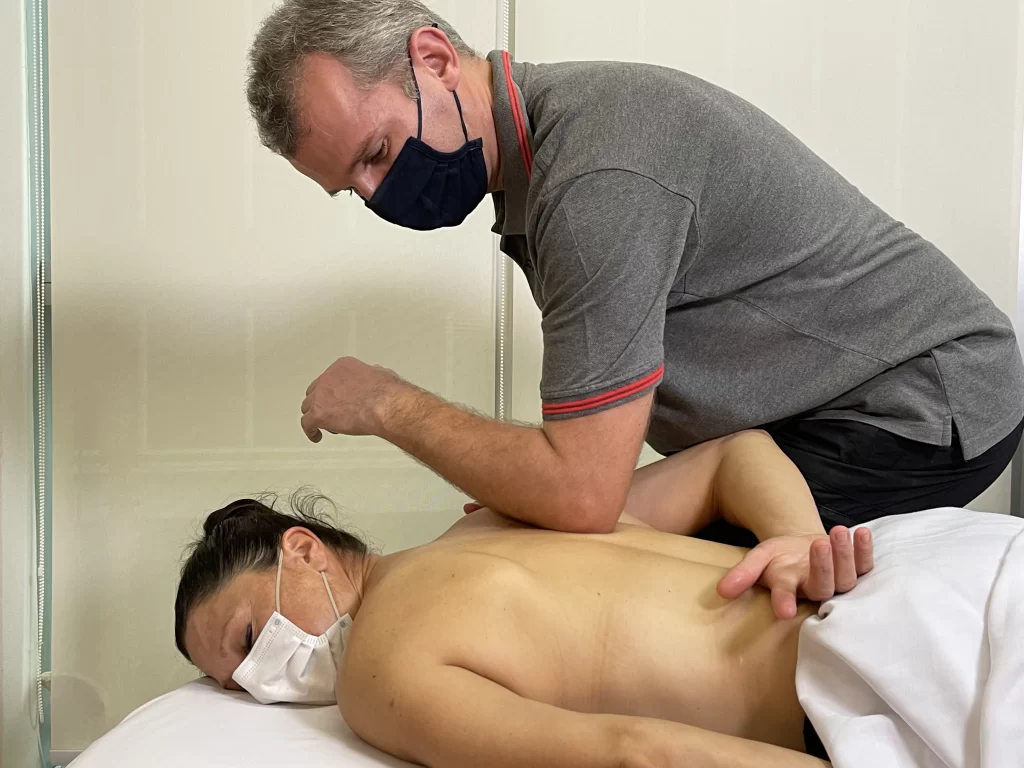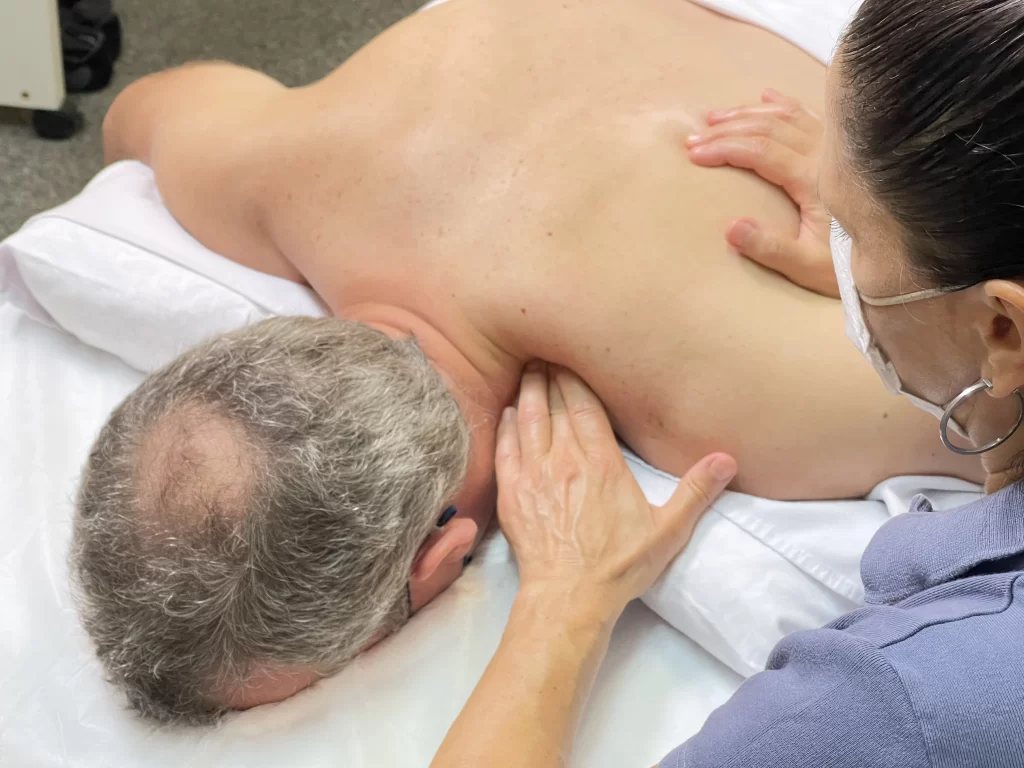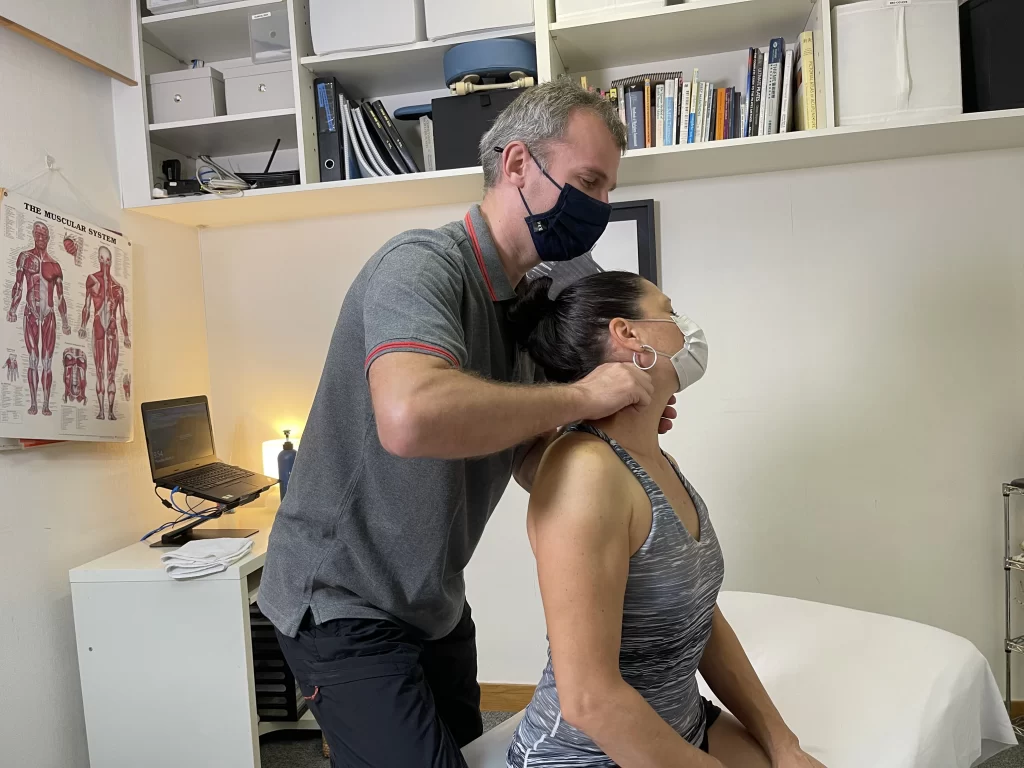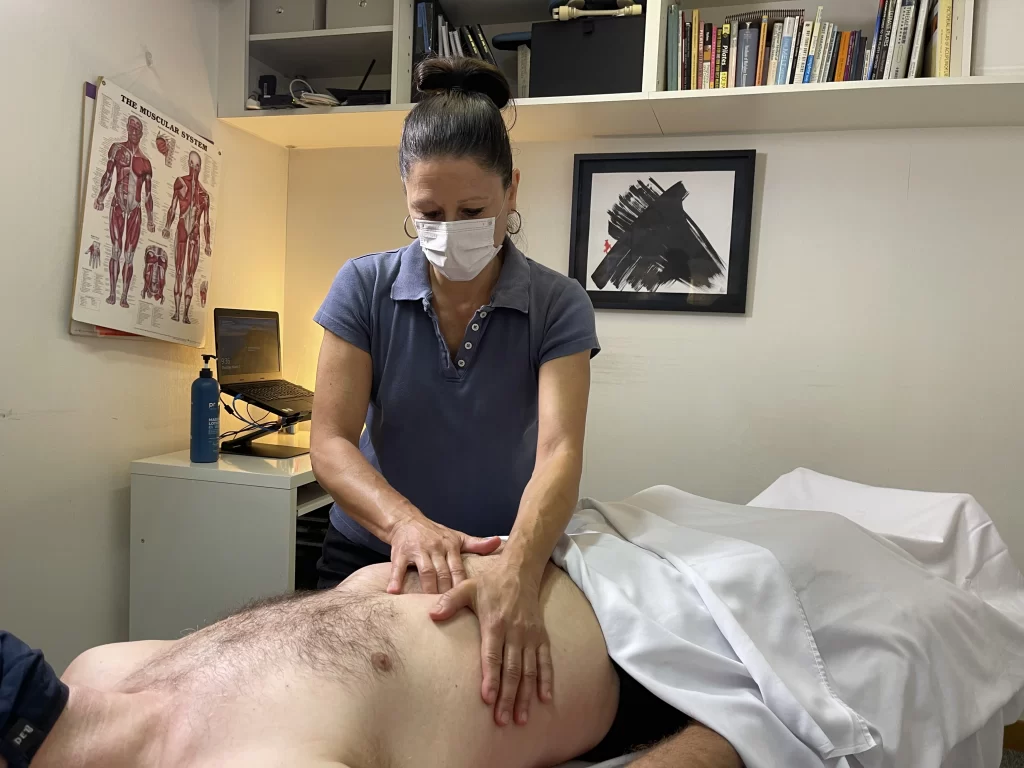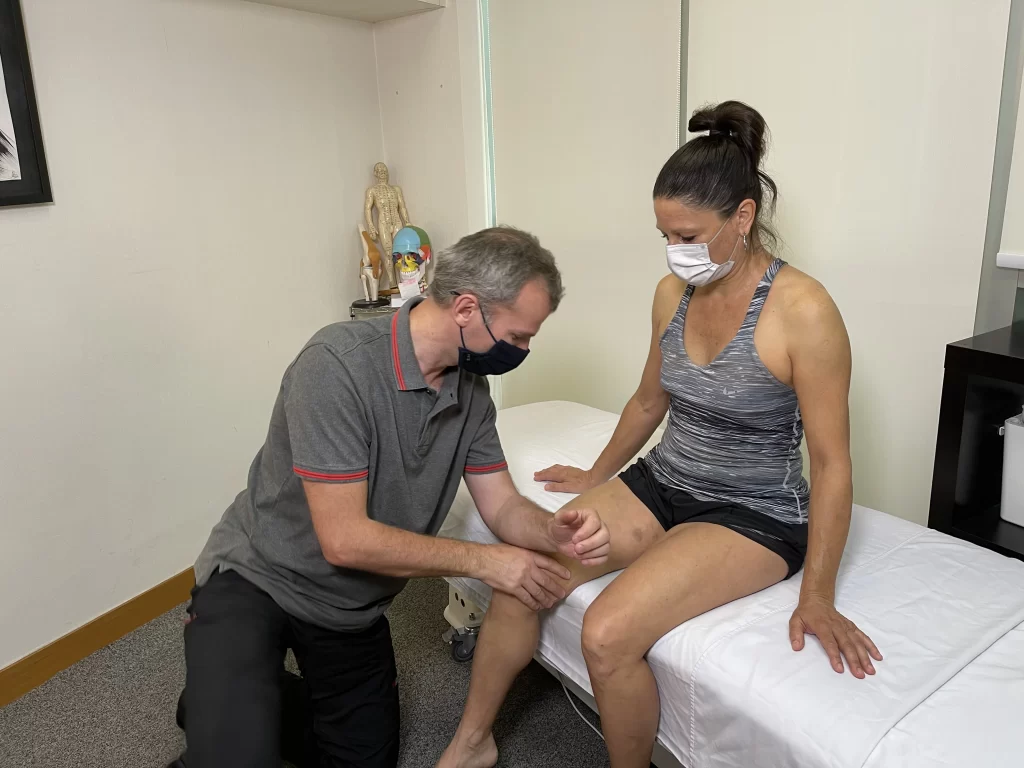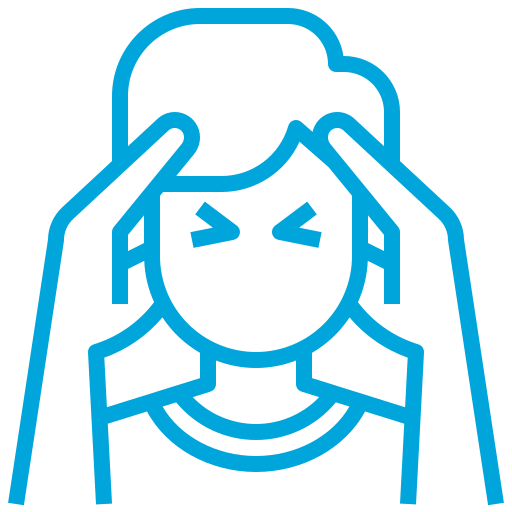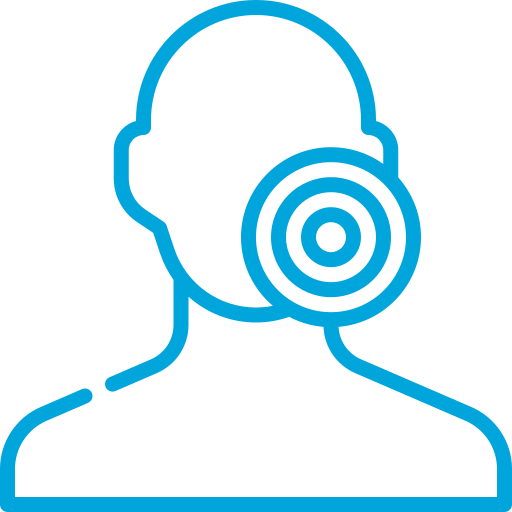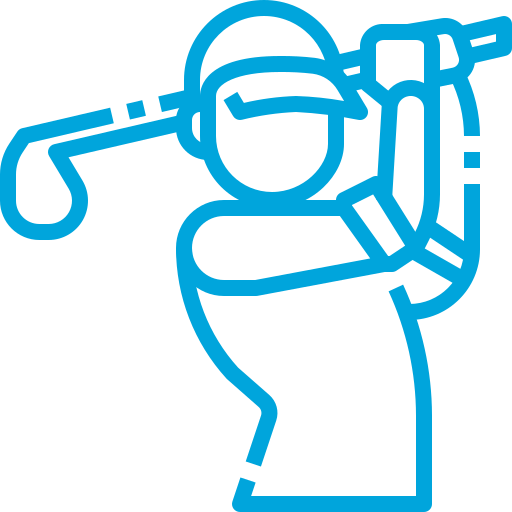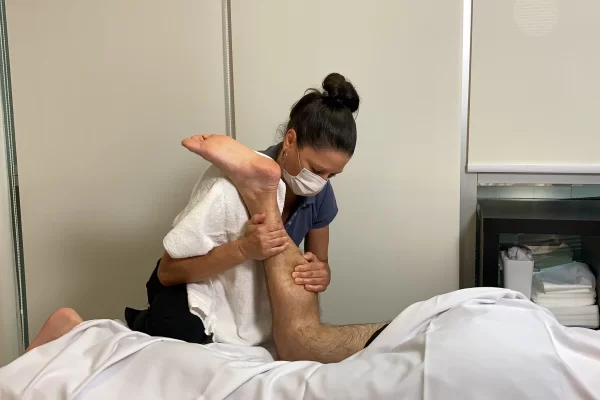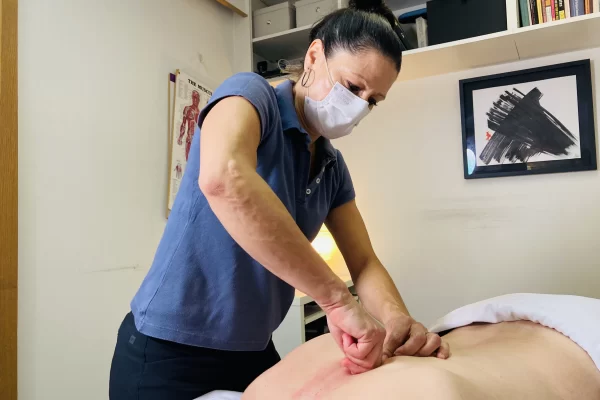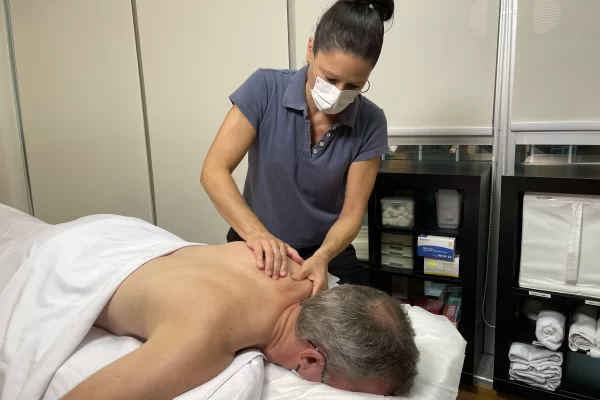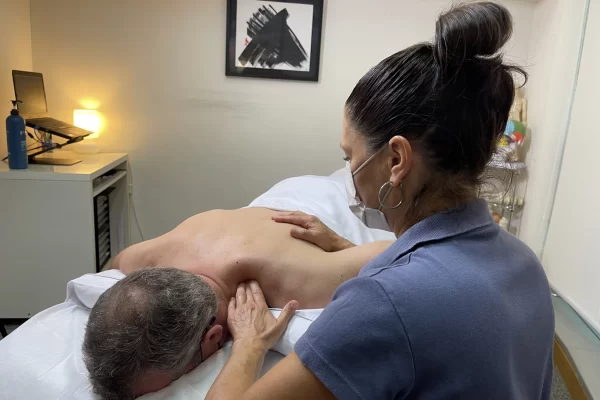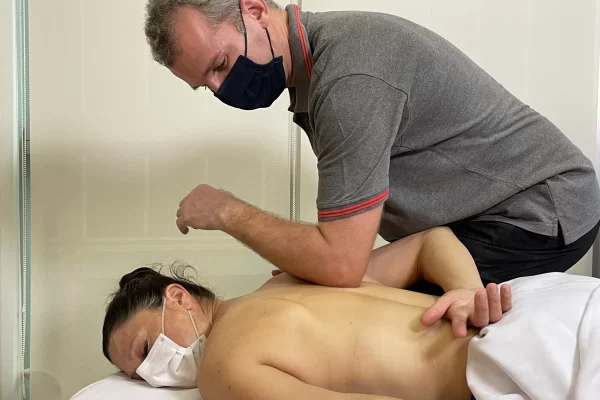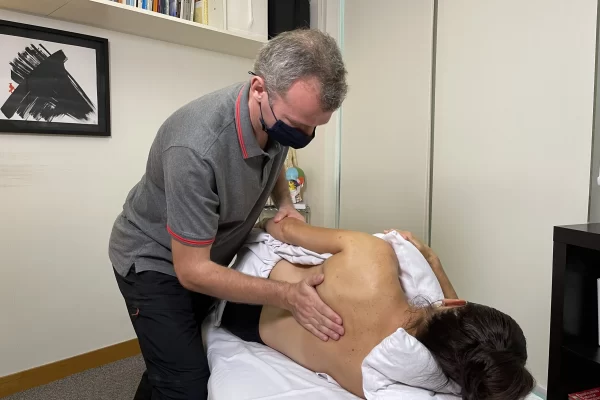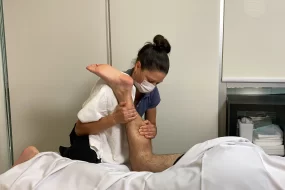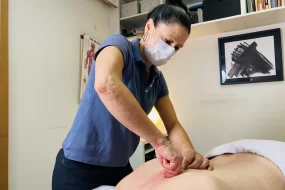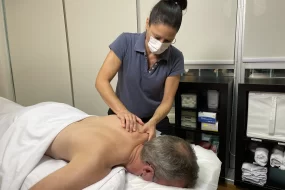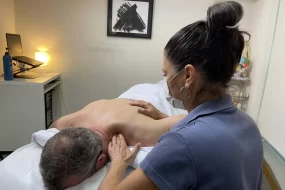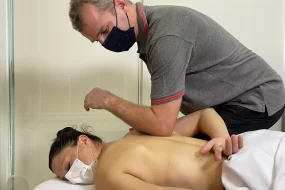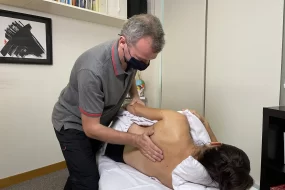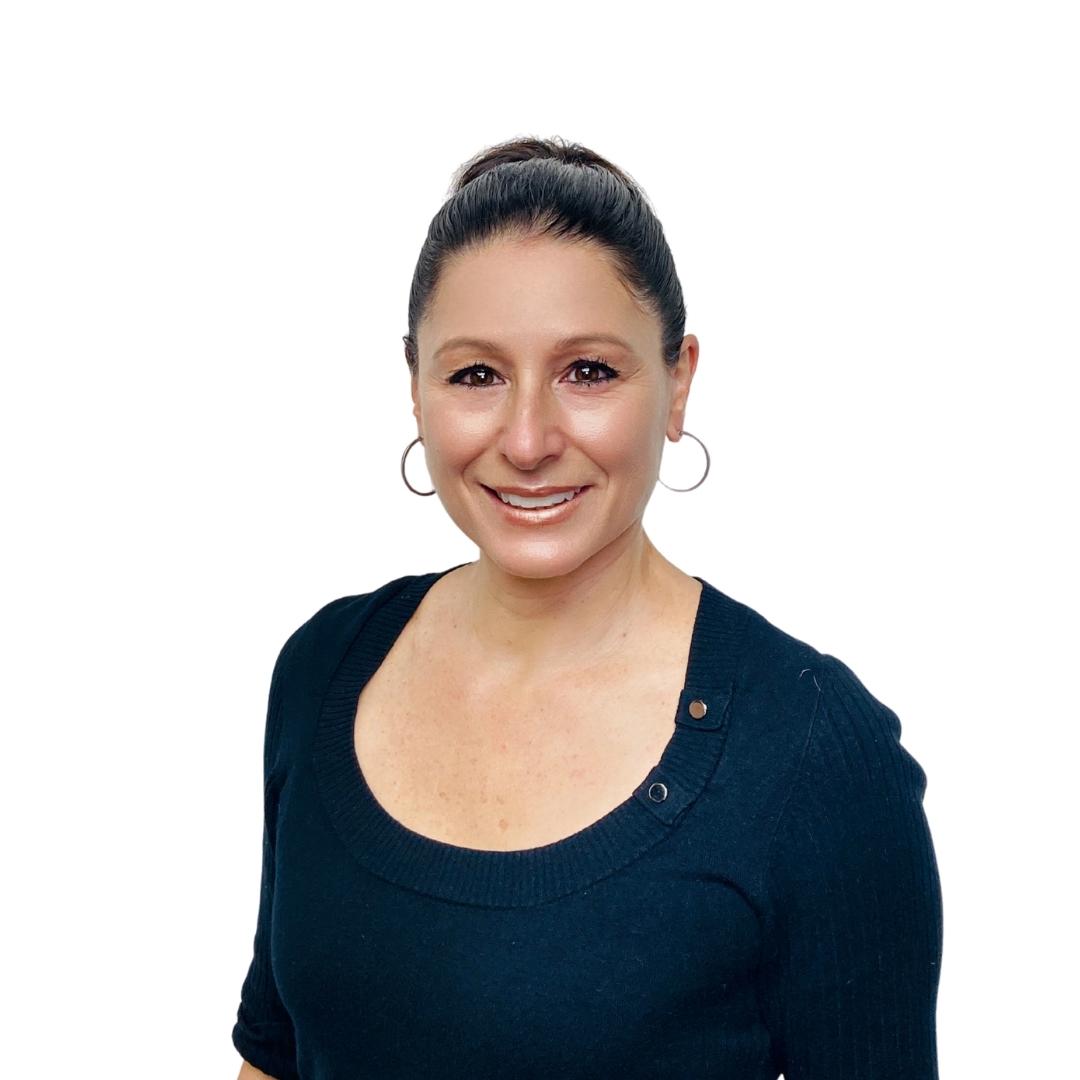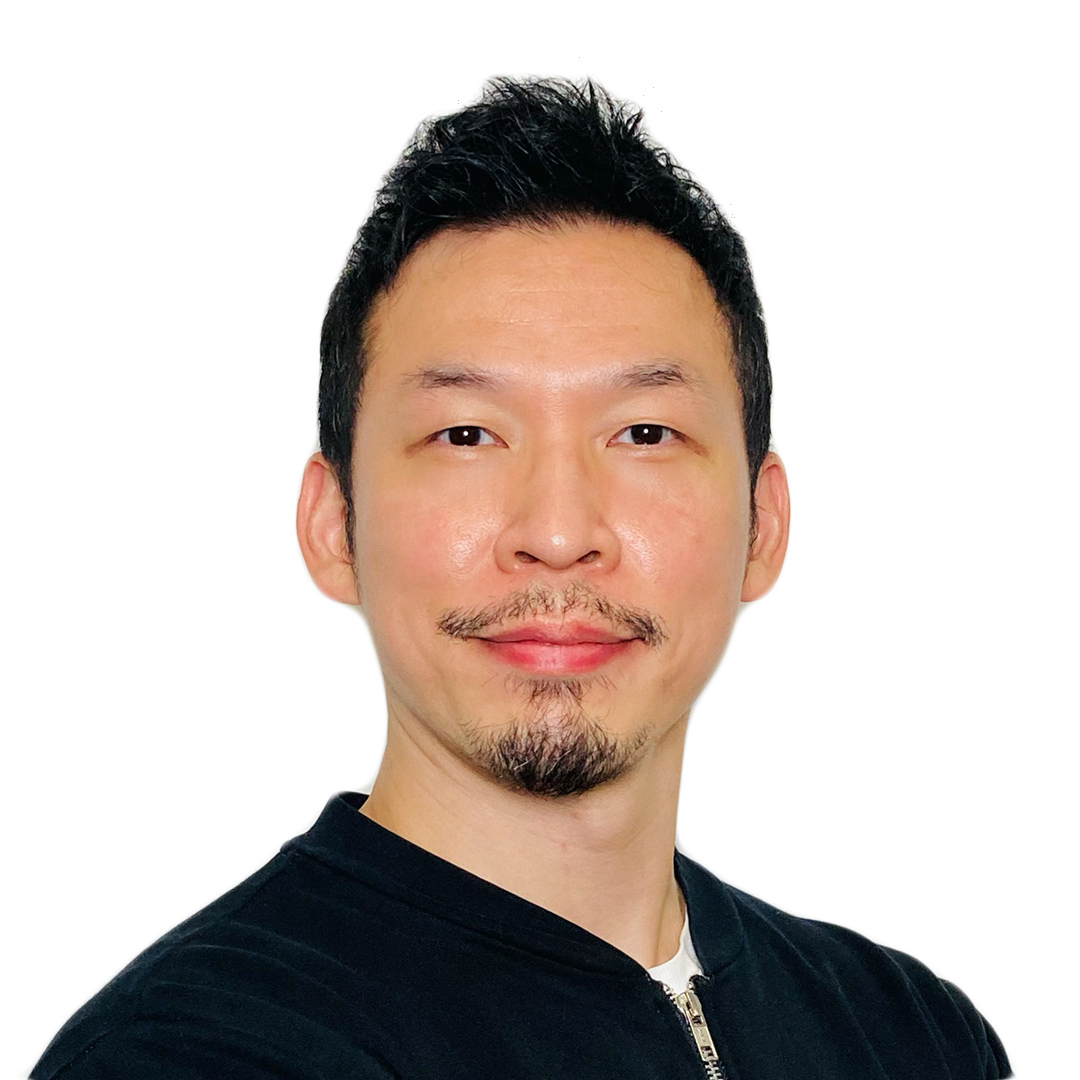Massage therapy involves different pressures, movements and techniques to manually treat the soft tissues of the body. This includes: skin, fascia, muscles, tendons, and ligaments. While general massage has long been popular to promote relaxation and decrease muscle tension, clinical massage therapists have an extensive and specialised training background in anatomy, physiology and assessment of underlying causes.
The objective and treatment plan of a clinical massage therapist is directed towards improving soft tissue and joint health to help you return to an improved state of muscular balance and function. This is achieved through the use of a broader range of treatment techniques which aim to produce these more long-term results.
Massage therapy is a great complementary therapy to other treatments by healthcare professionals such as Physiotherapy and Osteopathy and can expedite your recovery so you can enjoy a pain-free, happy, healthy, and active lifestyle!
